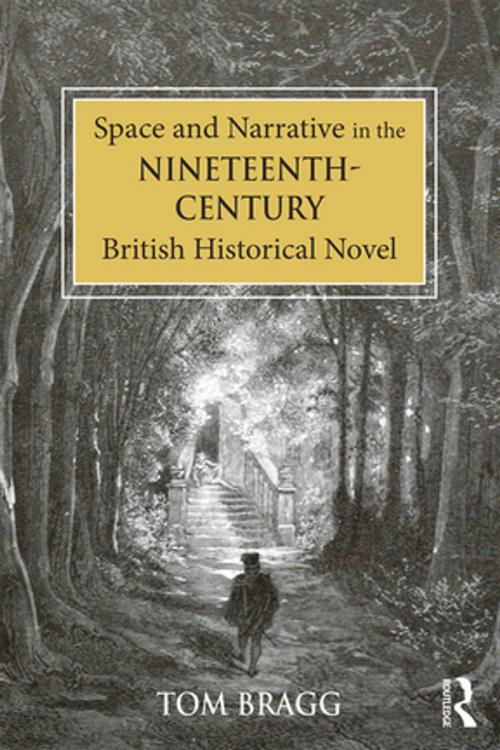Space and Narrative in the Nineteenth-Century British Historical Novel
Fiction & Literature, Literary Theory & Criticism, Gothic & Romantic| Author: | Tom Bragg | ISBN: | 9781317052050 |
| Publisher: | Taylor and Francis | Publication: | March 31, 2016 |
| Imprint: | Routledge | Language: | English |
| Author: | Tom Bragg |
| ISBN: | 9781317052050 |
| Publisher: | Taylor and Francis |
| Publication: | March 31, 2016 |
| Imprint: | Routledge |
| Language: | English |
Demonstrating that nineteenth-century historical novelists played their rational, trustworthy narrators against shifting and untrustworthy depictions of space and place, Tom Bragg argues that the result was a flexible form of fiction that could be modified to reflect both the different historical visions of the authors and the changing aesthetic tastes of the reader. Bragg focuses on Scott, William Harrison Ainsworth, and Edward Bulwer Lytton, identifying links between spatial representation and the historical novel's multi-generic rendering of history and narrative. Even though their understanding of history and historical process could not be more different, all writers employed space and place to mirror narrative, stimulate discussion, interrogate historical inquiry, or otherwise comment beyond the rational, factual narrator's point of view. Bragg also traces how landscape depictions in all three authors' works inculcated heroic masculine values to show how a dominating theme of the genre endures even through widely differing versions of the form. In taking historical novels beyond the localized questions of political and regional context, Bragg reveals the genre's relevance to general discussions about the novel and its development. Nineteenth-century readers of the novel understood historical fiction to be epic and serious, moral and healthful, patriotic but also universal. Space and Narrative in the Nineteenth-Century British Historical Novel takes this readership at its word and acknowledges the complexity and diversity of the form by examining one of its few continuous features: a flexibly metaphorical valuation of space and place.
Demonstrating that nineteenth-century historical novelists played their rational, trustworthy narrators against shifting and untrustworthy depictions of space and place, Tom Bragg argues that the result was a flexible form of fiction that could be modified to reflect both the different historical visions of the authors and the changing aesthetic tastes of the reader. Bragg focuses on Scott, William Harrison Ainsworth, and Edward Bulwer Lytton, identifying links between spatial representation and the historical novel's multi-generic rendering of history and narrative. Even though their understanding of history and historical process could not be more different, all writers employed space and place to mirror narrative, stimulate discussion, interrogate historical inquiry, or otherwise comment beyond the rational, factual narrator's point of view. Bragg also traces how landscape depictions in all three authors' works inculcated heroic masculine values to show how a dominating theme of the genre endures even through widely differing versions of the form. In taking historical novels beyond the localized questions of political and regional context, Bragg reveals the genre's relevance to general discussions about the novel and its development. Nineteenth-century readers of the novel understood historical fiction to be epic and serious, moral and healthful, patriotic but also universal. Space and Narrative in the Nineteenth-Century British Historical Novel takes this readership at its word and acknowledges the complexity and diversity of the form by examining one of its few continuous features: a flexibly metaphorical valuation of space and place.















